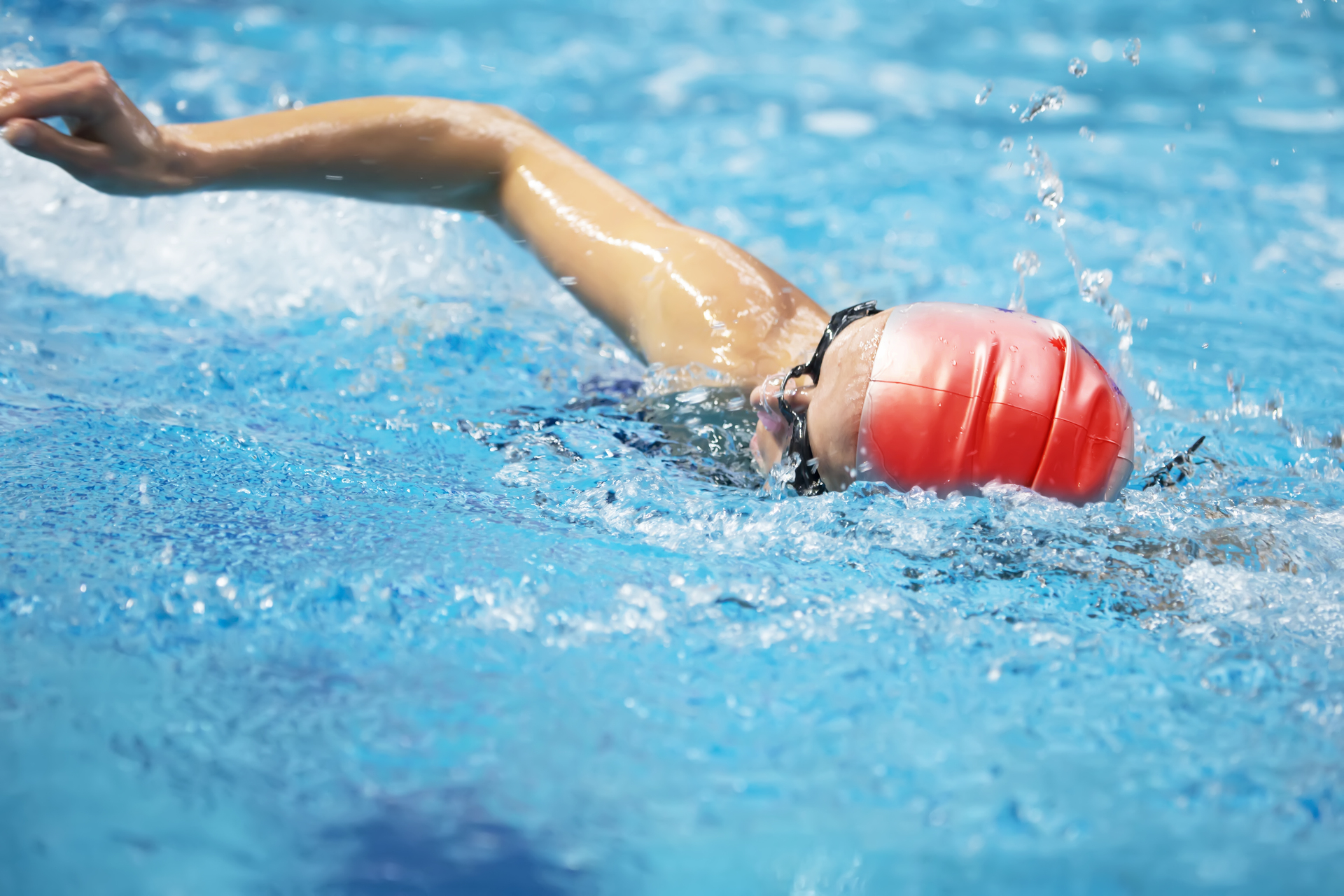The Different Types of Swim Sets: A Comprehensive Guide to Structuring Your Swim Workouts

Swimming is a powerful workout that benefits the body in numerous ways. It provides a total body workout, increasing cardiovascular endurance, muscle strength, and flexibility. One of the fascinating things about swimming is the plethora of sets you can incorporate into your workouts. Understanding the different types of swim sets can help structure your swim workouts to align with your fitness goals and maintain interest. This comprehensive guide explores the different types of swim sets and provides insight into creating a workout plan that best suits you.
1. Warm-Up Sets
Every swim workout should begin with a warm-up set. This helps prepare your body and mind for the workout ahead, decreasing the risk of injuries. A warm-up set typically comprises slow and steady swimming at a pace that gradually raises your heart rate and body temperature, stretching your muscles in preparation for the main set. You could also include some drills in your warm-up sets to practice technique.
Example: 200m freestyle, 200m breaststroke, 100m backstroke, 100m freestyle pull buoy.
2. Drill Sets
Drill sets are essential for technique improvement and stroke efficiency. They focus on specific aspects of your stroke, such as kick, pull, or body rotation, and are usually slower to allow you to concentrate on perfecting your technique.
Example: 4x50m freestyle focus on high elbow pull, 4x50m backstroke focus on head still, 4x50m breaststroke focus on powerful kick.
3. Endurance Sets
Endurance sets are designed to improve cardiovascular fitness and stamina. These sets involve swimming longer distances at a moderate pace without stopping. By training your body to cope with the physical stress over extended periods, you build endurance, improve your body's efficiency in using oxygen and increase the rate of recovery.
Example: 4x200m freestyle with 30 seconds rest between each 200m.
4. Sprint Sets
Sprint sets are the exact opposite of endurance sets. They're designed to improve your speed and power. In these sets, you swim a shorter distance at your maximum speed, followed by a long recovery. These sets are great for building fast-twitch muscle fibers, which contribute to faster swimming.
Example: 10x50m freestyle sprints with 1-minute rest between each 50m.
5. Mixed Stroke Sets
Mixed stroke sets are ideal for developing versatility and improving overall swimming skills. They include multiple strokes within one set, which not only enhances all-round ability but also keeps the workout interesting and challenging.
Example: 4x100m individual medley (25m butterfly, 25m backstroke, 25m breaststroke, 25m freestyle).
6. Pull Sets
Pull sets focus on upper body strength, specifically your arms and back. In pull sets, you use a pull buoy, a flotation device placed between your thighs to prevent you from kicking. This allows you to isolate the upper body and focus on your pulling technique, promoting better arm and shoulder strength.
Example: 4x100m freestyle pull with pull buoy.
7. Kick Sets
Kick sets focus on developing leg strength and enhancing your kick technique. Using a kickboard, you isolate your legs and kick down the pool. These sets can target either flutter kick (freestyle and backstroke), breaststroke kick, or dolphin kick (butterfly).
Example: 4x50m flutter kick with kickboard.
8. Interval Sets
Interval sets combine high-intensity periods of work with shorter periods of rest. They're excellent for building both endurance and speed. The goal of interval training is to gradually reduce the rest period while maintaining the same speed and intensity.
Example: 10x100m freestyle on a 2-minute interval (i.e., you start each 100m every 2 minutes, whatever time is left after each 100m is your rest).
9. Cool-Down Sets
Cool-down sets, or warm-down sets, are the final stage of the workout. These are easy and slow-paced sets meant to gradually lower your heart rate and help the body to remove the lactic acid built up during the workout, reducing muscle soreness and promoting faster recovery.
Example: 200m freestyle at a slow pace.
These types of sets can be mixed and matched to cater to your specific goals and to keep the workouts engaging. Remember, a balanced workout should comprise different types of sets to ensure you are not only working on your endurance but also your strength, technique, and speed.
Creating the right swim set for you depends on several factors, such as your skill level, goals, and how much time you have. For beginners, it's advisable to start with more drill and technique-focused sets before gradually introducing endurance, sprint, and interval sets. For more experienced swimmers, interval sets can greatly improve both speed and endurance, while pull and kick sets can further enhance technique and strength.
Remember to always start with a warm-up set and end with a cool-down set. These are non-negotiable as they are key to preventing injuries and promoting muscle recovery. Also, rest intervals are critical. Even when you're swimming endurance sets, your body needs time to recover to maintain technique and prevent fatigue.
In conclusion, swimming workouts offer a world of possibilities. They can be as diverse and versatile as you need them to be, making swimming a continuously challenging and enjoyable form of exercise. Remember, the right blend of swim sets in your workout regimen can take your swimming skills to the next level and make you a stronger, more efficient, and more confident swimmer.